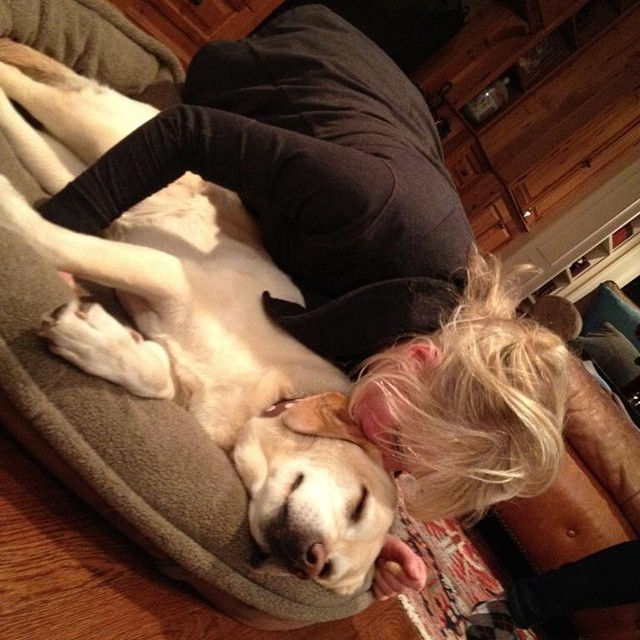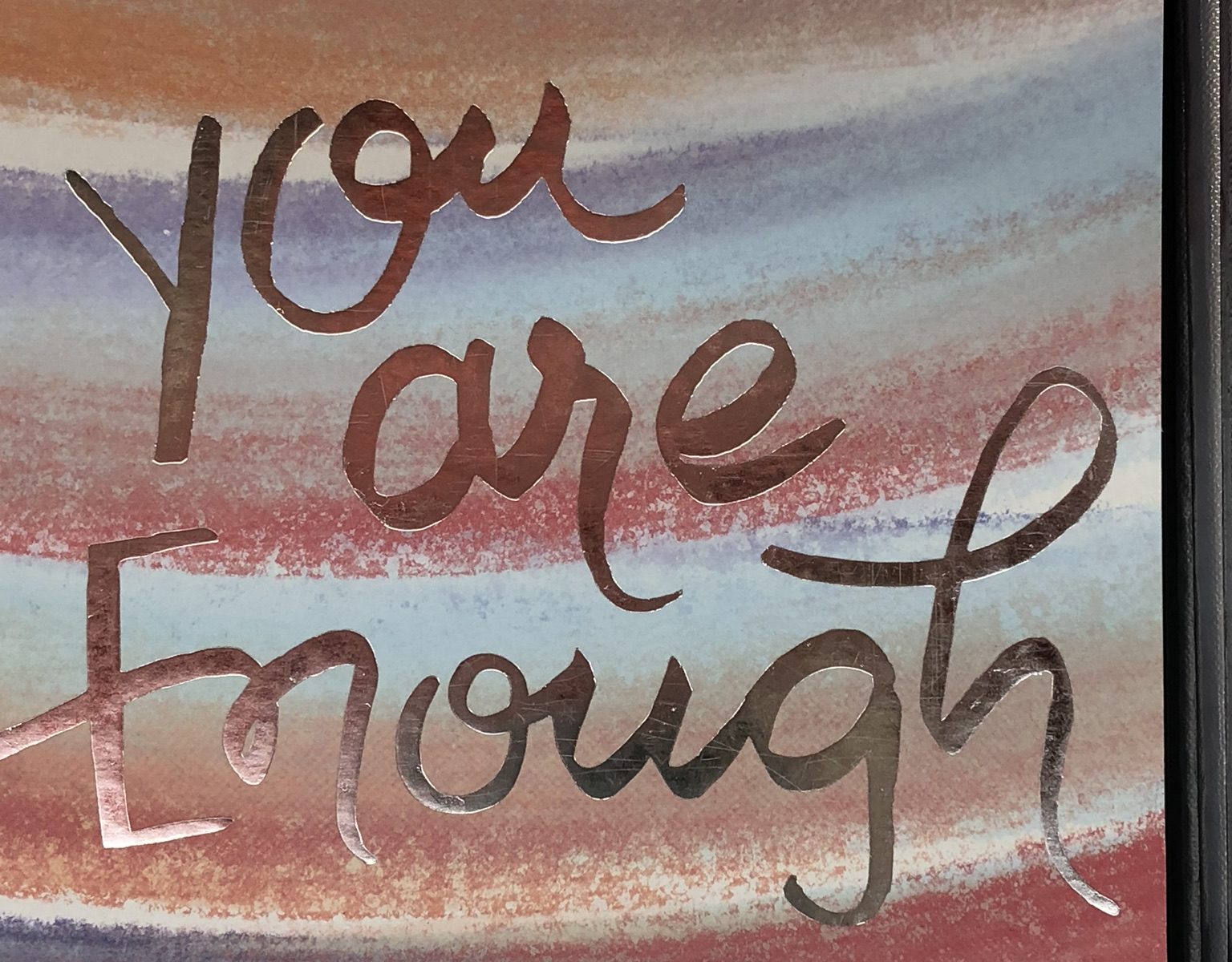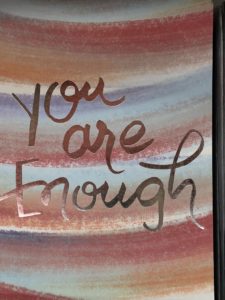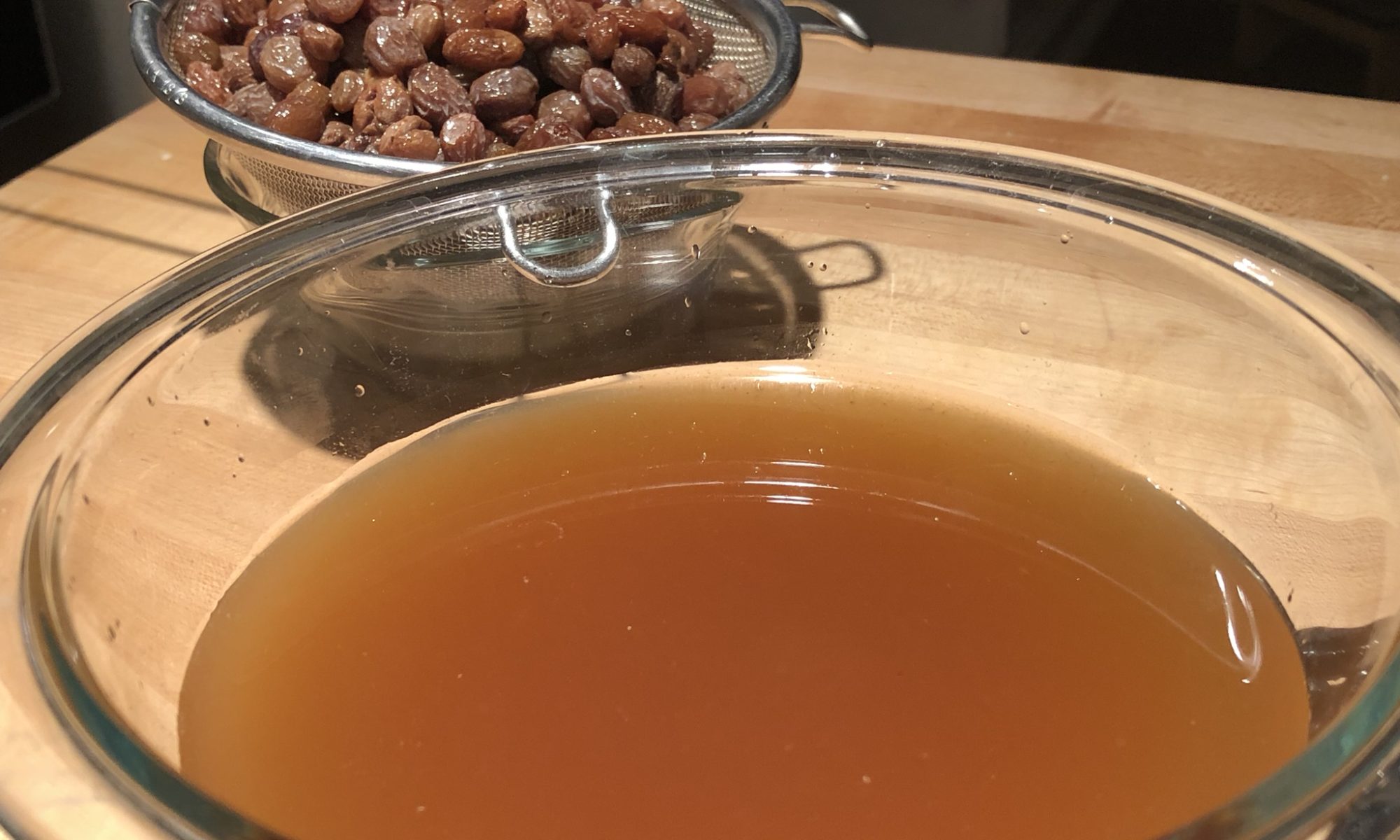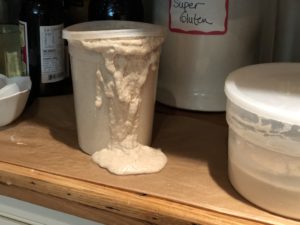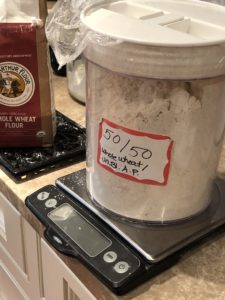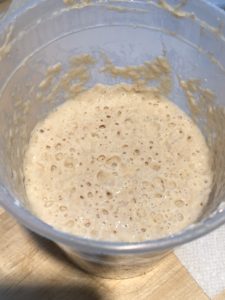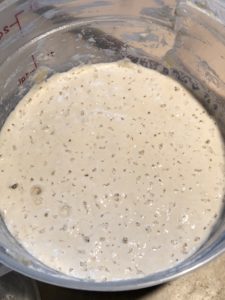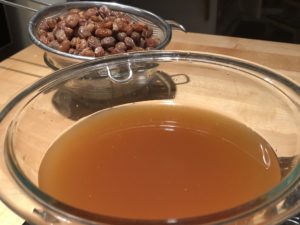
To some, the word “delicious” is overused, but not to me. Delicious perfectly encapsulates a feeling that all of us want and deserve-and not only when describing something we’ve just swallowed. Whether triggered by an aroma, a sight, a sound or a touch, delicious is a feeling that stirs us at our core-We suddenly become awake to something valuable, however transient.
When a parent nuzzles a baby’s neck, there is NO better word than delicious.
When a grandparent watches their child nurture their own baby, the beauty of that sight is profoundly delicious.
When we breathe in nature, whether walking on a beach, hiking in a forest or up a mountain, the scent of wind, the penetrating warmth of sunshine and the sounds that tangle solitude with coexistence can, in a word, be defined as delicious.
When we listen to music and, for a brief time, travel to a place where there’s nothing but inspiration and clarity, those moments are delicious.
Cuddling a puppy is, of course, crazy delicious but kissing the graying face of an elderly dog that you’ve raised since infancy seems to provide an even deeper understanding of the word.
Watching happy chickens run toward you like you’re a favorite relative-OMG that feels delicious.
The moment when we appreciate being appreciated, the feeling of mutual respect and gratitude connects us in such a delicious way.
When we have a dream, make a plan and then walk in that direction, each step accomplished registers, internally, as delicious.
When confronted with a limiting belief and we choose to take an action that supports belief-in-self, that new-found power feels oh-so-delicious.
The Point: There are so many ways to connect to the feeling of deliciousness, why limit our awareness to only how we experience food? By slowing down and purposely being more present to the physical beauty around us, the blessings of our loving relationships and to the power we all have to change and grow, we can, ultimately, come to the table feeling less starved and needy, which is good for more than our waistline!


